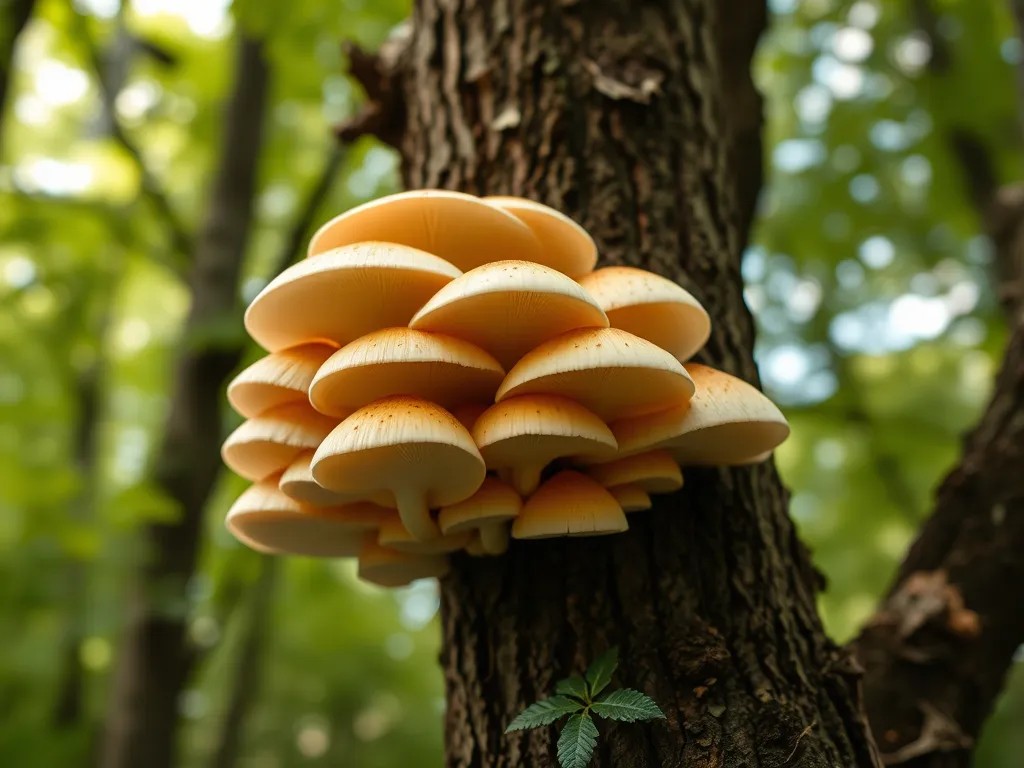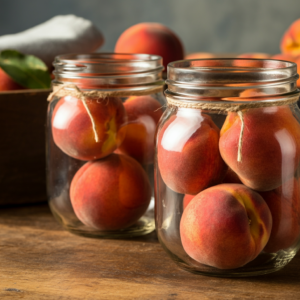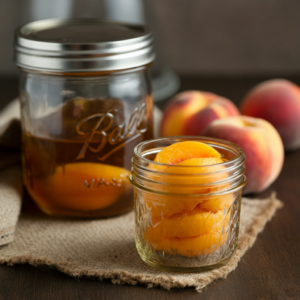
Introduction
Chicken of the Woods (Laetiporus sulphureus) is a vibrant, eye-catching wild mushroom known for its distinctive yellow to orange color and remarkable texture that resembles chicken meat. This unique fungus is not only prized by foragers and culinary enthusiasts but also offers incredible preservation potential through proper drying techniques. In this comprehensive guide, we’ll explore everything you need to know about drying Chicken of the Woods mushrooms, from identification and harvesting to preparation, drying methods, and long-term storage.
Get to know Chicken of the Woods Mushrooms
Identification and Characteristics
Chicken of the Woods is a bracket fungus that grows on trees, typically on oak, cherry, and beech. Its bright sulfur-yellow to orange shelves or “brackets” make it relatively easy to identify in the wild. When young, the mushroom has a soft, tender texture that becomes more fibrous as it ages. The key to successful drying lies in harvesting at the right stage of maturity.
Species Variations
While the most common variety is Laetiporus sulphureus, there are several related species:
- Laetiporus cincinnatus (Red-Pored Chicken of the Woods)
- Laetiporus gilbertsonii (Western Chicken of the Woods)
- Laetiporus sulphureus var. miniatus (Southeastern Chicken of the Woods)
Each variety has slight variations in color and habitat, but all share similar drying and culinary characteristics.
Nutritional Profile and Culinary Uses
Rich in protein, vitamins, and minerals, Chicken of the Woods is not just a meat substitute but a nutritional powerhouse. Its meaty texture and mild, somewhat lemony flavor make it versatile in various dishes, from stir-fries and stews to vegetarian “chicken” recipes.
Nutritional Highlights
- High in protein (approximately 20-25% by dry weight)
- Rich in potassium and vitamin C
- Contains antioxidants and potential anti-inflammatory compounds
- Low in calories and fat
- Gluten-free and vegan-friendly
Harvesting and Preparing Chicken of the Woods for Drying
Harvesting Guidelines
- Timing is Critical:
- Harvest Chicken of the Woods when the mushroom is young and tender
- Look for bright, firm brackets with vibrant colors
- Avoid mushrooms that are discolored, have dark spots, or feel overly tough
- Sustainable Foraging Practices:
- Use a sharp knife to cut the mushroom from the tree
- Leave a small portion attached to allow potential regrowth
- Never pull the mushroom, as this can damage the tree and the fungal mycelium
Potential Risks and Precautions
While Chicken of the Woods is generally considered safe, there are important considerations:
- Some individuals might experience digestive sensitivity
- Always cook thoroughly before consumption
- Avoid harvesting from trees treated with chemicals
- Confirm the mushroom’s identity with an expert
- Do not consume if you have known mushroom allergies
Cleaning and Preparation
- Initial Cleaning:
- Gently brush off dirt and debris with a soft brush
- Avoid washing directly with water, which can introduce excess moisture
- If necessary, use a damp cloth to remove stubborn dirt
- Inspection and Trimming:
- Cut away any tough, woody parts near the base
- Remove any insect-damaged or discolored sections
- Slice mushrooms into uniform pieces (approximately ¼ to ½ inch thick)
- Uniform thickness ensures consistent drying
Advanced Preparation Tips
- Use a sharp ceramic or stainless-steel knife for clean cuts
- Consider wearing food-safe gloves during preparation
- Work on a clean, sanitized surface
- Discard any sections that look questionable
Drying Methods for Chicken of the Woods
Dehydrator Method (Recommended)
- Equipment and Setup:
- Use a food dehydrator with adjustable temperature settings
- Recommended temperature range: 135°F to 145°F
- Ensure proper air circulation between trays
- Drying Process:
- Arrange mushroom slices in a single layer on dehydrator trays
- Leave space between pieces for air circulation
- Dry for 6-12 hours, depending on slice thickness
- Mushrooms are fully dried when they become crisp and brittle
Oven Drying Method
- Preparation:
- Preheat oven to lowest setting (ideally 170°F or lower)
- Use baking sheets lined with parchment paper
- Arrange mushroom slices in a single layer
- Drying Technique:
- Prop oven door open slightly to allow moisture escape
- Rotate trays every 2-3 hours
- Check mushrooms frequently to prevent burning
- Total drying time: 4-8 hours
Air Drying Method (Traditional Approach)
- Setup:
- Use a well-ventilated, dry area away from direct sunlight
- String mushroom slices on clean cotton thread
- Hang in a location with good air circulation
- Considerations:
- Slowest drying method
- Best in low-humidity environments
- Requires consistent temperature and airflow
- Can take 1-2 weeks to fully dry
Storage and Preservation
Proper Storage Techniques
- Cooling and Initial Storage:
- Allow dried mushrooms to cool completely
- Store in airtight glass jars or vacuum-sealed bags
- Keep in a cool, dark place
- Use desiccant packets to absorb residual moisture
- Long-Term Storage:
- Properly dried and stored Chicken of the Woods can last 1-2 years
- Check periodically for any signs of moisture or mold
- Store away from heat sources and direct sunlight
Rehydration Techniques
- Basic Rehydration Method:
- Soak dried mushrooms in hot water or broth
- Allow 20-30 minutes for complete rehydration
- Strain and reserve liquid for additional flavor in recipes
- Culinary Applications:
- Use rehydrated mushrooms in soups, stews, sauces
- Grind into powder for seasoning
- Add to pasta dishes, risottos, and vegetarian recipes
Creative Uses for Dried Chicken of the Woods
Culinary Innovations
- Create mushroom powders for spice blends
- Use as a umami-rich seasoning in vegetarian dishes
- Make mushroom “jerky” by marinating before drying
- Incorporate into bread and pasta dough for added flavor
Safety Considerations
Foraging and Preparation Warnings
- Identification:
- Never consume wild mushrooms without 100% positive identification
- Consult expert foragers or mycological guides
- When in doubt, do not eat
- Allergies and Sensitivities:
- Some individuals might have allergic reactions
- Start with small quantities when trying for the first time
- Discontinue use if any adverse reactions occur
Troubleshooting Common Drying Issues
Potential Problems and Solutions
- Uneven Drying:
- Ensure uniform slice thickness
- Rotate trays or turn mushroom pieces during drying
- Use a dehydrator with consistent airflow
- Moisture Retention:
- If mushrooms feel leathery instead of crisp, continue drying
- Check humidity levels in storage area
- Use additional desiccant packets
Conclusion
Drying Chicken of the Woods mushrooms is an excellent way to preserve this remarkable wild edible. With proper techniques, you can enjoy their unique flavor and texture throughout the year. Remember that patience, attention to detail, and a commitment to food safety are key to successful mushroom preservation.
Whether you’re a seasoned forager or a culinary adventurer, mastering the art of drying Chicken of the Woods opens up a world of gastronomic possibilities. Happy foraging and drying!


